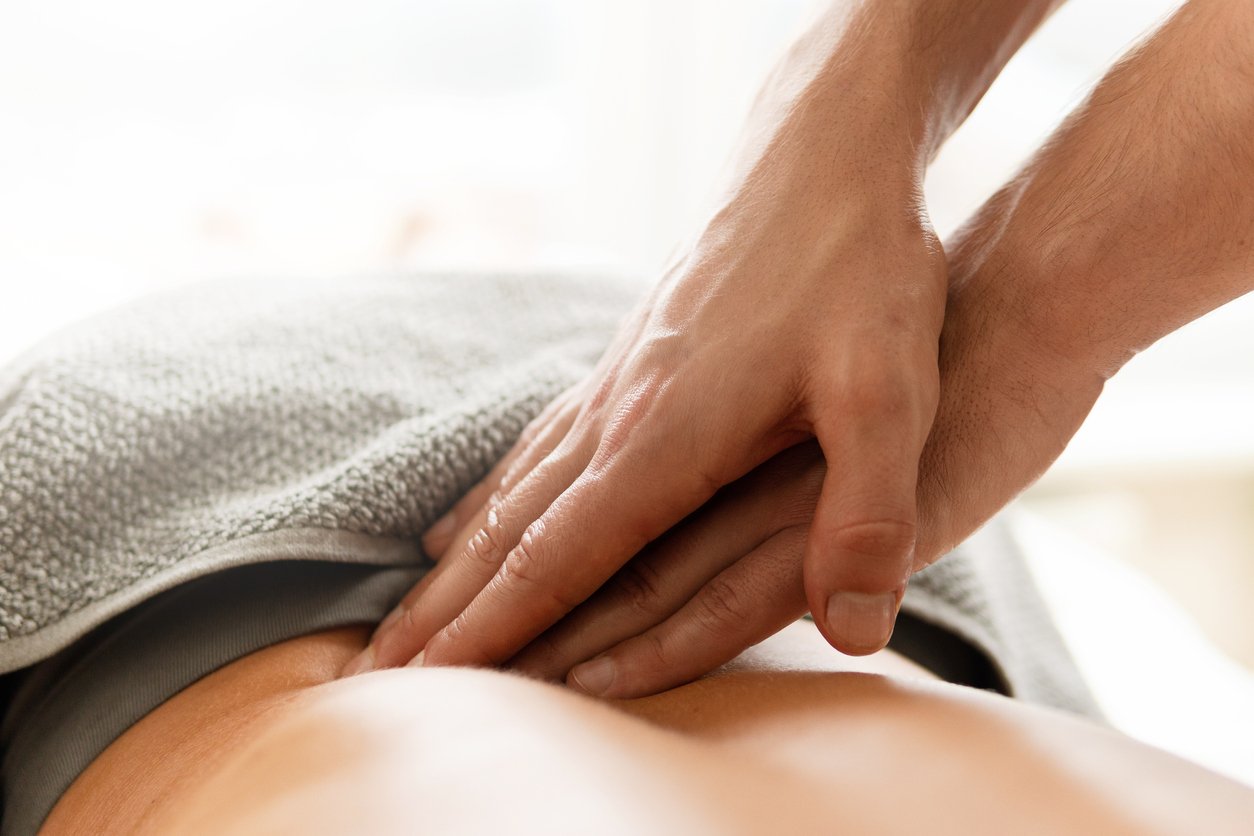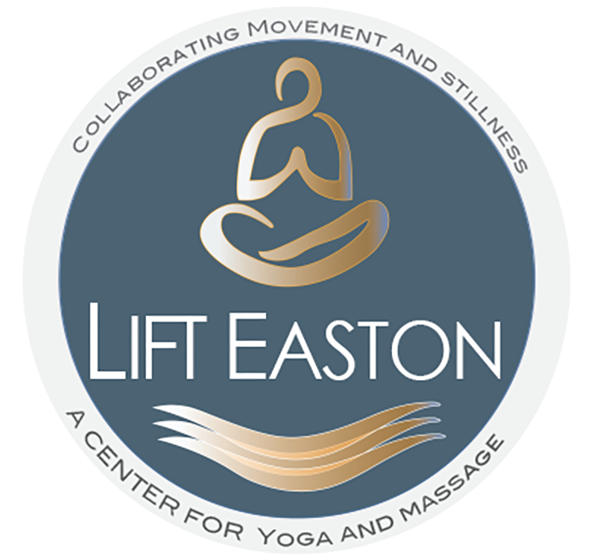
Massage and Body Work.
Touch is one of our most ancient healing traditions. In every culture and time touch has healed and soothed.
Massage and bodywork are honored for the significant role they play in preventing disease, easing discomfort, and restoring health. Michele Vrentas offers an incredibly rich diversity of traditions and techniques. With thirty years experience ranging from Traditional Massage to Structural/Energetic work to Psycho-Spiritual approaches,Michele has the tools that will meet your needs.
No matter which tradition/practitioner you choose, each one is rooted in time honored healing principles: human beings are a unified whole with unique qualities any form of physical and/or energetic touch has the capacity to effect body, mind and spirit movement towards integration and wholeness is often the most effective approach at relieving underlying distress and pain.
Michele Vrentas ,LMT, RYT
Mariella Silva, MS, LMT

Relaxing Swedish
60 minutes $80 | 90 minutes $95
Therapeutic Deep Tissue | Trigger-point
60 minutes $85 | 90 minutes $110
Myofascial Therapy
60 minutes $90 | 90 minutes $110.00
60 minutes $90 | 90 minutes $110
Massage & Passive Stretching
Pre-natal & Post-natal
60 minutes $75 | 90 minutes $90
Reiki
60 minutes $85 | 90 minutes $110
Massage & Vaccumn Cupping
60 minutes $85 | 90 minutes $110
Cranial Sacral Therapy
60 minutes $90 | 90 minutes $110.00
What Type of Massage is Right for You?
-
Is now known as "traditional" massage. It is effective for most ailments, because massaging the skin, the body's largest organ, sets up a chain reaction that produces a positive effect on all layers and systems of the body. It affects the nerves, muscles, glands, and circulation, and promotes health and wellbeing.
-
Designed to reach the deep portions of thick muscles, specifically the individual muscle fibers. Using deep muscle compression and friction along the grain of the muscle, its purpose is to unstick the fibers of the muscles and release both toxins and deeply held ipatterns of tension.
-
PreNatal Massage improves circulation and helps to decrease swelling and varicose veins. Regular massage improves posture, muscle tone and flexibility, training your body for labour. Studies have shown that regular massage in pregnancy contributes to a shorter, less painful labour and can reduce labour complications. Reduces Sciatic Nerve Pain Sciatic nerve pain is experienced by many women in the last trimester of pregnancy as the uterus rests on muscles of the pelvic floor and lower back. The pressure of the uterus spreads tension to the muscles of the upper and lower leg, causing them to swell and put pressure on nearby nerves. It is common for pregnant women to have experienced significant reduction in sciatic nerve pain during pregnancy through regular massage as it helps release the tension on nearby muscles.
-
PostNatal massage can help speed up your recovery, releasing the stress of labour, encouraging structural realignment, abdominal restoration and healing from a C-section. With PostNatal massage, new mums will not only find relief from shoulder and neck aches due to carrying their new babies, but will also have all the usual benefits from massage.
-
Neuromuscular Therapy is a program of recovery from acute and chronic pain syndromes by utilizing specific massage therapy, including the pressure of trigger points, to eliminate the causes of pain patterns. This approach enhances the function of joints, muscles, and movement, and it releases endorphins, the body's own natural pain killers.
-
All muscles, arteries, bones, organs, etc. are held together by a Saran wrap kind of tissue called fascia. Developed in the late 1960's by John Barnes, Myofascial Release works by the manipulation of the fascia that connects and surrounds muscles. Because the fascia is body-wide, a tension or trauma in one part of the body can affect another part. The fascia responds to the trained touch to release the adverse effects of inflammation, tensions and trauma.
-
A session of Cranial Sacral Therapy is ideal for a person looking for deep relaxation. CST involves light holding of the skull and sacrum which work ergonomically. Craniosacral therapy is intended to increase and normalize the flow of cerebrospinal fluid through the bones of the head, the spine and the pelvis, thereby restoring health to sufferers of a range of health conditions.
-
Reiki is a healing practice that promotes balance in the body helping you feel and function better. It is a non-invasive technique that can be safely used with medical treatments and prescriptions. People who receive Reiki treatments often report feeling more centered and less stressed. Whether you are looking to relieve stress, find relief from the side effects of chemotherapy, improve your sleep, manage or decrease pain, feel less anxious or depressed, Reiki may help you.
-
Another form of massage therapy where cups or a machine is used to create a vacuum affect that pulls the muscle into the cup- which then lifts and hydrates the muscle. It helps assist in the removal of toxins due to the blood flow carrying the debris through the lymph nodes or pores.
Vacuum therapy is not an irritant to the skin or body. It draws the inflammation out from deep in the tissues to be released.
We use cups that are attached to a vaccumn suction that creats a continuou Massage increases flexibility in tight muscles by assisting the removal of waste products out of the muscles. Waste products and toxins, such as lactic acid, can build up in tight muscles. Waste products and toxins can produce tightness, fatigue and pain. Muscle tightness, fatigue and pain decreases muscle flexibility. Massage stimulates the drainage of waste products out of the muscles. Massage stimulates lymphatic drainage. Lymphatic drainage is responsible for naturally flushing out waste products out of the body. The decrease of waste products and toxins in the body prevents tightness from occurring in the muscles. Preventing muscle tightness allows an increase of flexibility



